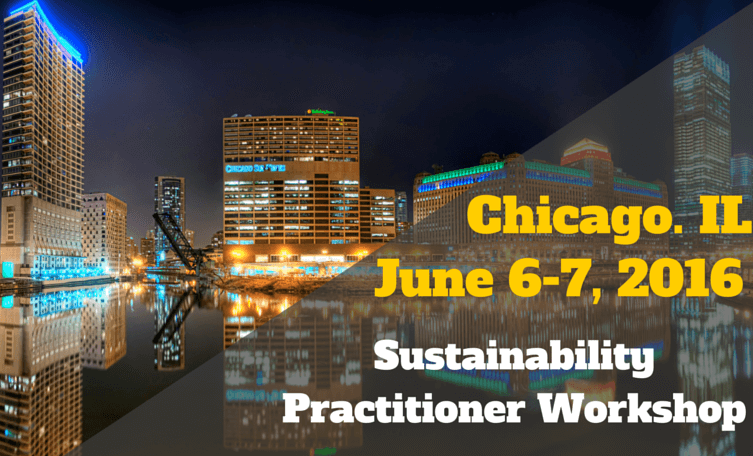Affordable, online education and coaching to transform society and the environment
Celebrating 1 year of successfully providing Online Certified Courses in Sustainability and Corporate Responsibility, the Sustainability Academy is recognized by top professionals all over the world, with more than 5,000 learners from 30 countries.
The mission of the Sustainability Academy is to offer affordable, accredited online education and coaching in this rapidly rising field and aims to empower professionals, graduates and entrepreneurs so they can meet their stakeholders’ expectations in the best possible way and excel in their profession. Its goal is to train 100,000 professionals by 2020 and make an impact on this planet!
The online courses provide specialized knowledge on how to acquire a Diploma in Corporate Sustainability, make a proper Sustainability Report, improve a corporation’s ESG performance and reduce Corporate Carbon Footprint. There are also special In-house Programs for organizations, who recognize that investing in their human capital through education is the most important determinant for growth and excellence.
The Academy is now hosted in its brand new website which has been especially designed to enhance its speed, responsiveness and user experience, for easy navigation, quick information and registration to the learning management system. Visitors are here encouraged to become Members in order to enjoy special benefits and they can also look for available Sustainability jobs in any city of the world, thanks to the Find a Job feature. The Academy’s Blog offers a variety of related articles and opinions and Members are welcome to write their own stories.
The Sustainability Academy is the initiative of the Centre for Sustainability and Excellence (CSE), who is a recognized global leader in professional Sustainability training and coaching and one of the first to recognize the growing need for advanced certified education in the field.
On its first anniversary, the Academy offers exclusive discounts for all Courses.
Contact us to learn more: [email protected]






